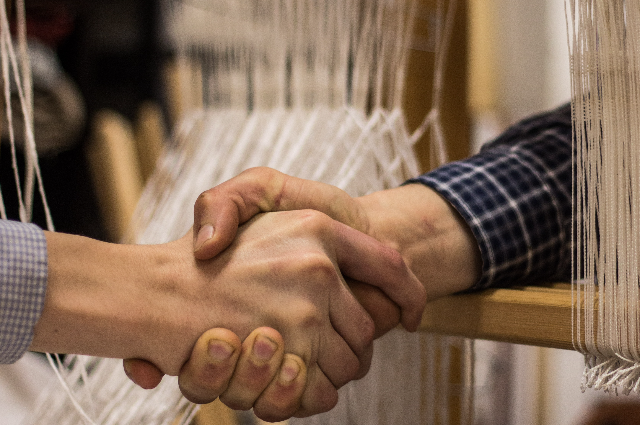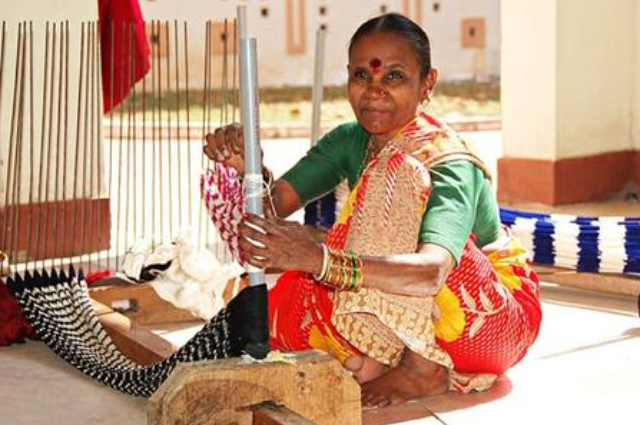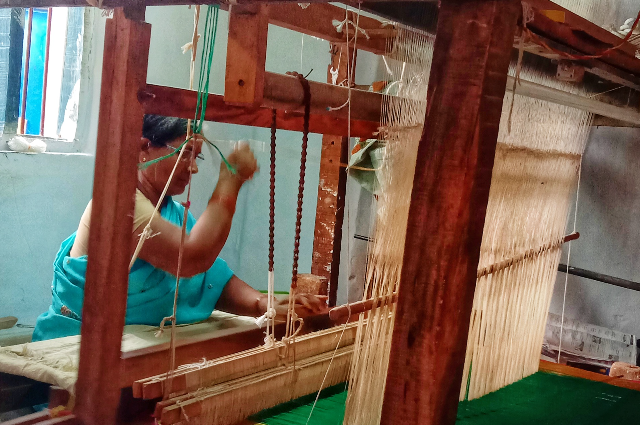
India has a remarkably rich heritage of handlooms, and it is one of the most widespread industries. The country celebrates National Handloom Day on 7th August to showcase the legacy of the Indian handloom industry. This day has been recognized since 2015, and this year, the 7th edition of the National Handloom Day will be celebrated across the nation. Handloom is primarily based on the distinct structure and operation procedures by handloom weavers. This day further honors the weavers across India who utilize the loom to weave the material without using any electronic devices.
Due to the COVID-19 pandemic, the celebration of National Handloom Day 2021 will appear just like last year, with virtual platforms. And the Ministry of Textiles and Union Textile Minister Cabinet Minister Piyush Goyal will be coordinating these celebrations. This auspicious day expresses the cultural heritage and the socio-economic condition of people who follow the handloom sector as a primary livelihood. The day similarly encourages us to support the handloom weavers and promote the handloom commodities. The theme for National Handloom Day 2021 is “Handloom – An Indian Legacy”. This theme perfectly describes how the tale of handlooms was woven into the history of India.

The legacy of Indian handlooms is the outcome of multiple factors including social, religious, geographical, etc. The tale of handlooms originates in ancient times with woven and dyed cotton fabrics unearthed in the ruins of Mohenjo Daro and references weaving styles found in the Vedas. Hand looming has a complex history and it is difficult to discover its origin. Some historians state that weaving traveled to IIkal near the 8th century A.D., around the time that the Chalukya Dynasty was in full swing. And with time, it became a traditional textile art within India. Presently different regions in India contain varied design techniques that are now portrayed by specific themes and colors.
Each region of India has its handloom traditions and is known for the production of distinct verities of handloom cloths. These different weaving industries are deeply inherited, labor-intensive, mostly unorganized, and decentralized. It operates with a huge number of people and grows on inherited skills and support by the rural population and art collectors. With over 4.3 million people directly and indirectly connected to the production, the handloom industry is the second-largest employment provider for the rural population in India after agriculture. Even a city like Surat, in the state of Gujarat, is one of the greatest textile industries in India. It is famous for its handloom market and is also known as the Textile City of Gujarat. Other Indian cities like Jaipur, Varanasi, Panipat, and Lucknow are similarly famous for their unique handlooms.

Source: dchsankul.gov.in
The handloom weavers in different regions of India create various handlooms. As per the All-India Handloom Census 2019-20, there are 26,73,891 handloom weavers and 8,48,621 allied workers in the country. The Indian handloom industry has a well-established foundation with about 2.4 million looms of separate designs and systems, including a significant production capacity. The handloom products export from April 2020 to March 2021 was US$ 223.19 million and for March 2021 it was US$ 23.43 million. They are quite popular in the world because the Indian handloom industry products are acknowledged for their unique designs and finesse.
The handloom industry aims to combine old designs with new techniques and create original products. The Officer of the Development Commissioner for Handlooms and the Ministry of Textiles implement various schemes for the development of handlooms and the welfare of handloom weavers across India.

The support is given to handloom workers with financial assistance for raw material, design innovations, and to purchase of looms and accessories. The strength of the rich legacy of the handloom industry of India lies in the prosperity of unique designs, which cannot be replicated by any electronic modifications. The handloom industry has survived for centuries, passing down those unique skills from generation to generation. And along with the brilliant workmanship, the handloom industry in India expresses the richness and diversity of Indian culture.
. . .
Reference:
- www.ibef.org
- www.texmin.nic.in
- www.wikipedia.org
